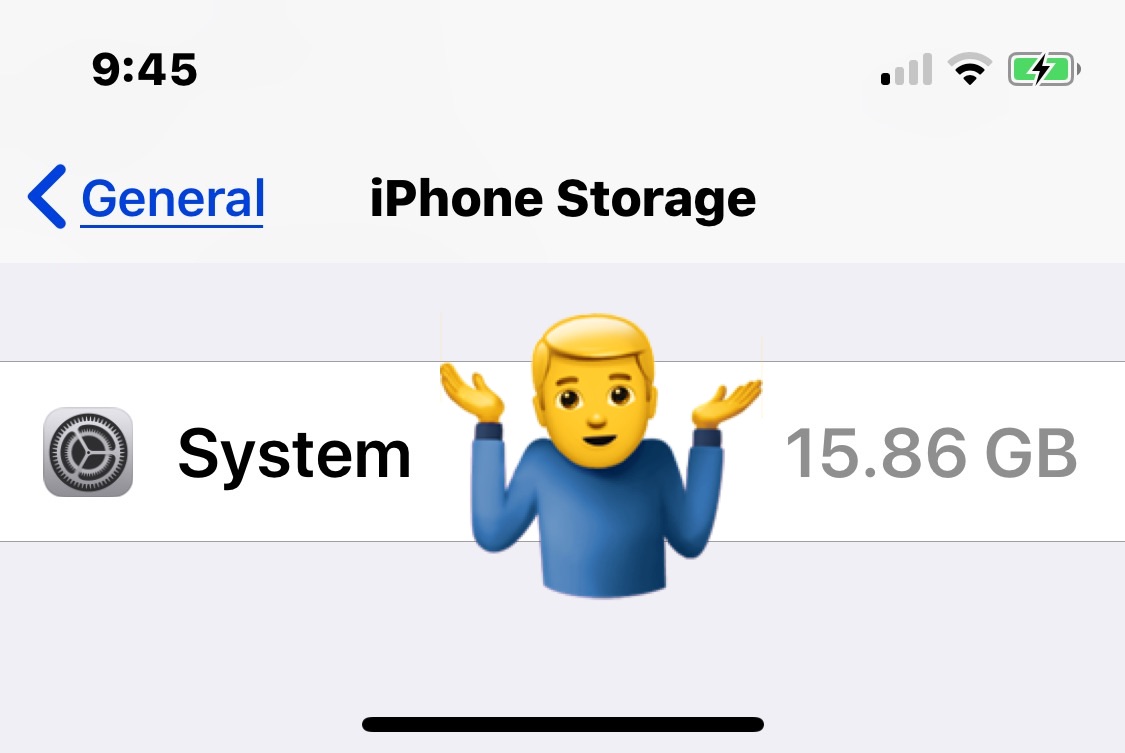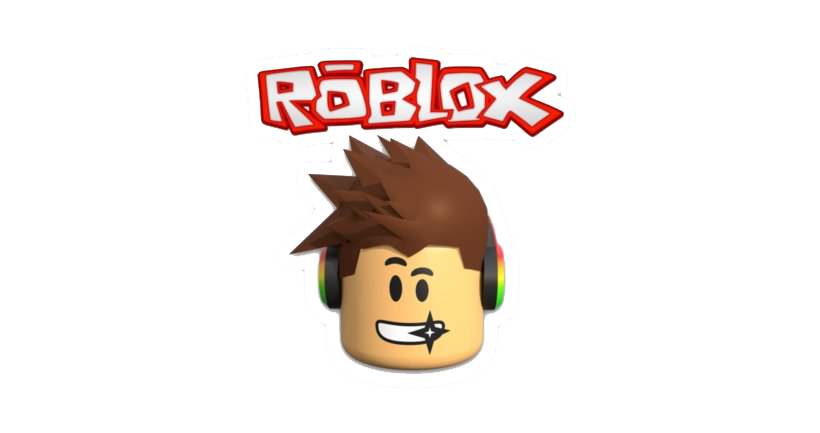Is your iPhone or iPad running out of storage space? Are you constantly receiving “Storage Almost Full” notifications? Don’t worry, we’ve got you covered. In this comprehensive guide, we’ll show you how to efficiently delete large attachments that are taking up valuable storage space on your iOS device. By following these simple steps, you can reclaim storage and optimize the performance of your iPhone or iPad.
Reviewing Large Attachments: A Quick and Easy Way to Save Space
Apple’s iOS mobile operating system includes built-in features that offer suggestions on how you can save space on your iOS device. One of these features encourages you to review large attachments in apps like Photos, Mail, and Messages. You’d be surprised by how much storage you can save by deleting photos, videos, and media that have been shared with you or attached to messages.
Let’s dive into the steps to efficiently delete large attachments on your iPhone or iPad.
Step 1: Launch the Settings App
To get started, locate and launch the Settings app on your iOS device. The Settings app is represented by a gray gear icon and can usually be found on your home screen.
Step 2: Access General Settings
Once you’re in the Settings app, scroll down until you find the General option. Tap on it to access the general settings of your iOS device.
Step 3: Tap on iPhone Storage
Within the General settings, you’ll find various options related to storage and device management. Look for the iPhone Storage option and tap on it to access detailed storage information and management options.
Step 4: Enable “Review Large Attachments”
You should now see a list of available storage management options. Locate the Review Large Attachments feature and tap on it to enable it. If it’s already active, you’ll see a checkmark next to it. Enabling this feature will help you identify large attachments that are taking up significant storage space on your device.
Step 5: Delete Large Attachments
After enabling the Review Large Attachments feature, your device will generate a list of the largest files located in various apps, including Photos, Mail, Messages, and more. This list will help you identify the attachments that are consuming the most storage space.
To delete a large attachment, simply tap on it to view a preview. If you want to delete the attachment, swipe left on it to reveal the Delete option. Tap on Delete to remove the attachment from your device.
Step 6: Bulk Delete Attachments
If you have multiple large attachments that you want to delete at once, you can take advantage of the bulk delete feature. Tap on the Edit button in the upper right corner of the screen to enter the edit mode. This will allow you to select multiple attachments for deletion. Once you’ve selected the attachments you want to remove, tap on the Delete button to free up storage space.
Additional Tips to Optimize Storage on Your iOS Device
Deleting large attachments is just one way to free up storage space on your iPhone or iPad. Here are some additional tips and tricks to optimize storage and enhance the performance of your iOS device:
Use iCloud Photo Library
If you’re running out of storage space due to a large collection of photos and videos, consider using iCloud Photo Library. This feature allows you to store your media files in the cloud, freeing up local storage on your device. You can access your photos and videos from any device with your iCloud account, and they will be automatically synced across all your devices.
Offload Unused Apps
Over time, you may accumulate a lot of apps on your device that you no longer use. Offloading unused apps is a great way to reclaim storage space without permanently deleting the app and its data. When you offload an app, the app itself is removed from your device, but its data and settings are preserved. You can easily reinstall the app later if you decide to use it again.
Clear Safari Cache and Website Data
Safari, the default web browser on iOS devices, stores cached data and website information to improve browsing speed. However, this cached data can accumulate over time and take up valuable storage space. To clear Safari cache and website data, go to Settings > Safari > Clear History and Website Data. This will remove all cached data and browsing history from Safari.
Optimize Storage for Music and Videos
If you have a large collection of music and videos stored on your device, you can optimize storage by enabling the Optimize Storage feature. This feature automatically removes downloaded music and videos that you haven’t played in a while, keeping only the streaming versions on your device. To enable this feature, go to Settings > Music (or TV for videos) > Optimize Storage, and toggle the switch to enable it.
Conclusion
By following these simple steps and implementing the additional tips mentioned, you can efficiently free up storage space on your iPhone or iPad. Deleting large attachments, offloading unused apps, and optimizing storage for media files are effective ways to reclaim valuable storage space and improve the performance of your iOS device.
Remember to regularly review your storage usage and take necessary actions to keep your device running smoothly. With these storage management techniques, you can enjoy a clutter-free iOS device and make the most of its capabilities.
Now go ahead and start optimizing your iPhone or iPad storage to ensure a seamless user experience!
Experiencing difficulties with your Device, check out our “How To” page on how to resolve some of these issues.








